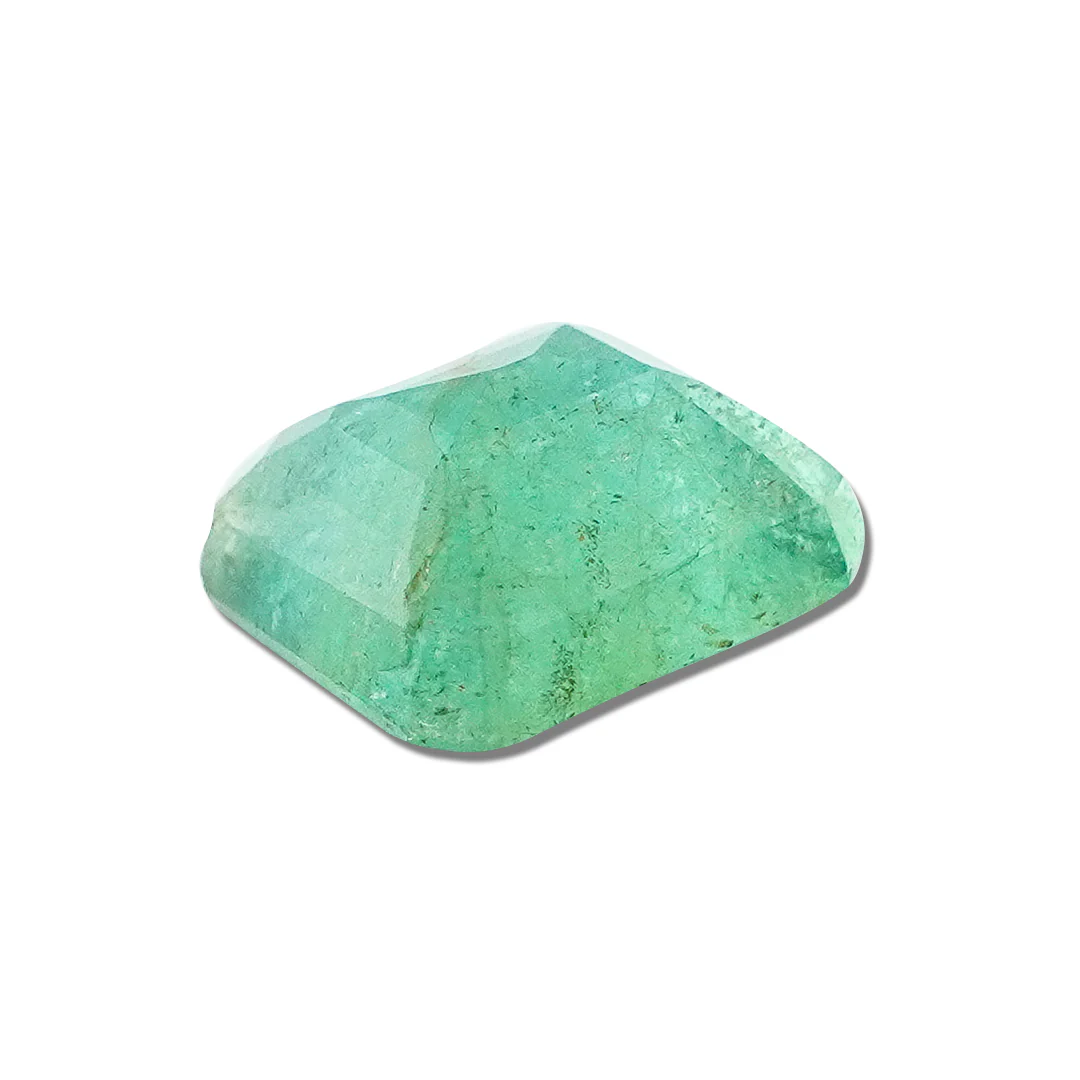Introduction to the First Quarter Moon
The first quarter moon is a captivating phase in the lunar cycle that has fascinated humans for millennia. This celestial event occurs approximately one week after the new moon, marking the halfway point to the full moon. During this phase, half of the moon’s visible surface is illuminated, creating a striking half-circle shape in the night sky.
As we explore the first quarter moon phase, we’ll discover its significance in astronomy, culture, and everyday life. Whether you’re a seasoned stargazer or simply curious about the moon’s journey, this guide will provide valuable insights into this important lunar phase.
What Causes the First Quarter Moon?
To understand the first quarter moon, we need to explore the moon’s orbit around Earth and its relationship with the sun. Here’s a breakdown of the factors that contribute to this lunar phase:
- Moon’s orbit: The moon completes one orbit around Earth approximately every 29.5 days.
- Sun’s illumination: The sun constantly illuminates half of the moon’s surface.
- Earth’s perspective: As the moon orbits, our view of the illuminated portion changes.
During the first quarter, the moon has completed one-quarter of its orbit around Earth since the new moon. From our perspective on Earth, we see half of the illuminated portion, resulting in the characteristic half-circle shape.
Characteristics of the First Quarter Moon
The first quarter moon has several distinct features that make it easy to identify and appreciate:
- Half-circle shape: The most noticeable characteristic is the moon’s appearance as a perfect half-circle in the sky.
- Right-side illumination: For observers in the Northern Hemisphere, the right half of the moon is illuminated.
- Visibility timing: The first quarter moon rises around noon and sets around midnight, making it visible in the afternoon and evening sky.
- Shadow play: The terminator line (the boundary between light and dark) reveals dramatic shadows on the lunar surface, enhancing the visibility of craters and mountains.
These features make the first quarter moon an excellent target for both casual observers and amateur astronomers.
The First Quarter Moon in Different Cultures
Throughout history, various cultures have attributed special significance to the first quarter moon:
- Ancient Greeks: Associated this phase with the goddess Artemis, symbolizing growth and potential.
- Chinese culture: Considered it a time of balance between yin and yang energies.
- Native American traditions: Many tribes used the first quarter moon as a marker for planting crops.
- Astrological significance: In Western astrology, the first quarter moon is often associated with decision-making and taking action.
These cultural interpretations highlight the universal fascination with lunar phases and their perceived influence on human affairs.
Observing the First Quarter Moon
For those interested in observing the first quarter moon, here are some tips to enhance your viewing experience:
1. Timing: Look for the moon in the southern sky during the early evening hours.
2. Equipment: While visible to the naked eye, binoculars or a small telescope can reveal incredible detail.
3. Features to observe:
- Mare Crisium (Sea of Crises)
- Tycho crater
- Copernicus crater
4. Photography: Use a camera with manual settings to capture the moon’s details. Start with ISO 100, f/8 aperture, and 1/125 second shutter speed as a baseline.
Remember to dress warmly and find a dark location away from city lights for the best viewing experience.
The First Quarter Moon and Its Impact on Earth
While the full moon often gets more attention, the first quarter moon also has notable effects on our planet:
- Tides: Although not as extreme as during full or new moons, the first quarter moon still influences ocean tides.
- Wildlife behavior: Some animals use the moon’s phases, including the first quarter, as cues for breeding or migration.
- Agriculture: Many farmers use the first quarter moon to guide planting and harvesting crops.
- Human activity: Some studies suggest a correlation between lunar phases and human behavior, though scientific evidence is limited.
These impacts demonstrate the interconnectedness between celestial events and life on Earth.
Follow our Youtube Channel: @acharyaganeshchannel
Conclusion
The first quarter moon is a fascinating phase in the lunar cycle, offering a unique perspective on our celestial neighbor. From its scientific significance to its cultural importance, this lunar phase continues to captivate observers worldwide. Whether you’re an aspiring astronomer or simply enjoy gazing at the night sky, the first quarter moon provides an excellent opportunity to connect with the cosmos.
We encourage you to step outside during the next first quarter moon and experience its beauty firsthand. Share your observations and photos with friends and family, and continue exploring the wonders of our ever-changing moon.
Follow us on Instagram: officialacharyaganesh
FAQs About the First Quarter Moon
Q1: How often does the first quarter moon occur?
Ans: The first quarter moon occurs approximately once every 29.5 days, as part of the regular lunar cycle.
Q2: Is the first quarter moon always visible?
Ans: While it occurs regularly, visibility depends on factors like weather conditions and your location.
Q3: Can I see the first quarter moon during the day?
Ans: Yes, the first quarter moon is often visible during the afternoon and early evening.
Q4: How long does the first quarter moon phase last?
Ans: The exact first quarter phase is instantaneous, but the moon appears close to half-illuminated for about 2-3 days.
Q5: Does the first quarter moon look the same everywhere on Earth?
Ans: The overall appearance is similar, but the orientation may differ slightly depending on your latitude.
Also Visit: acharyaganesh.com




















